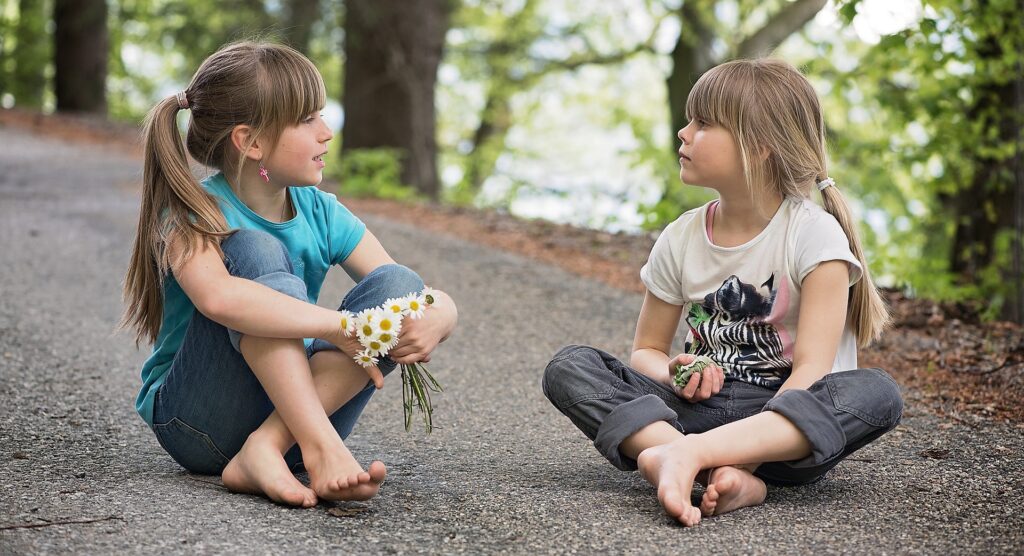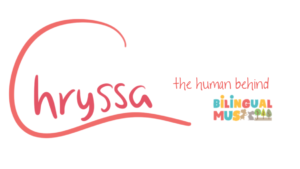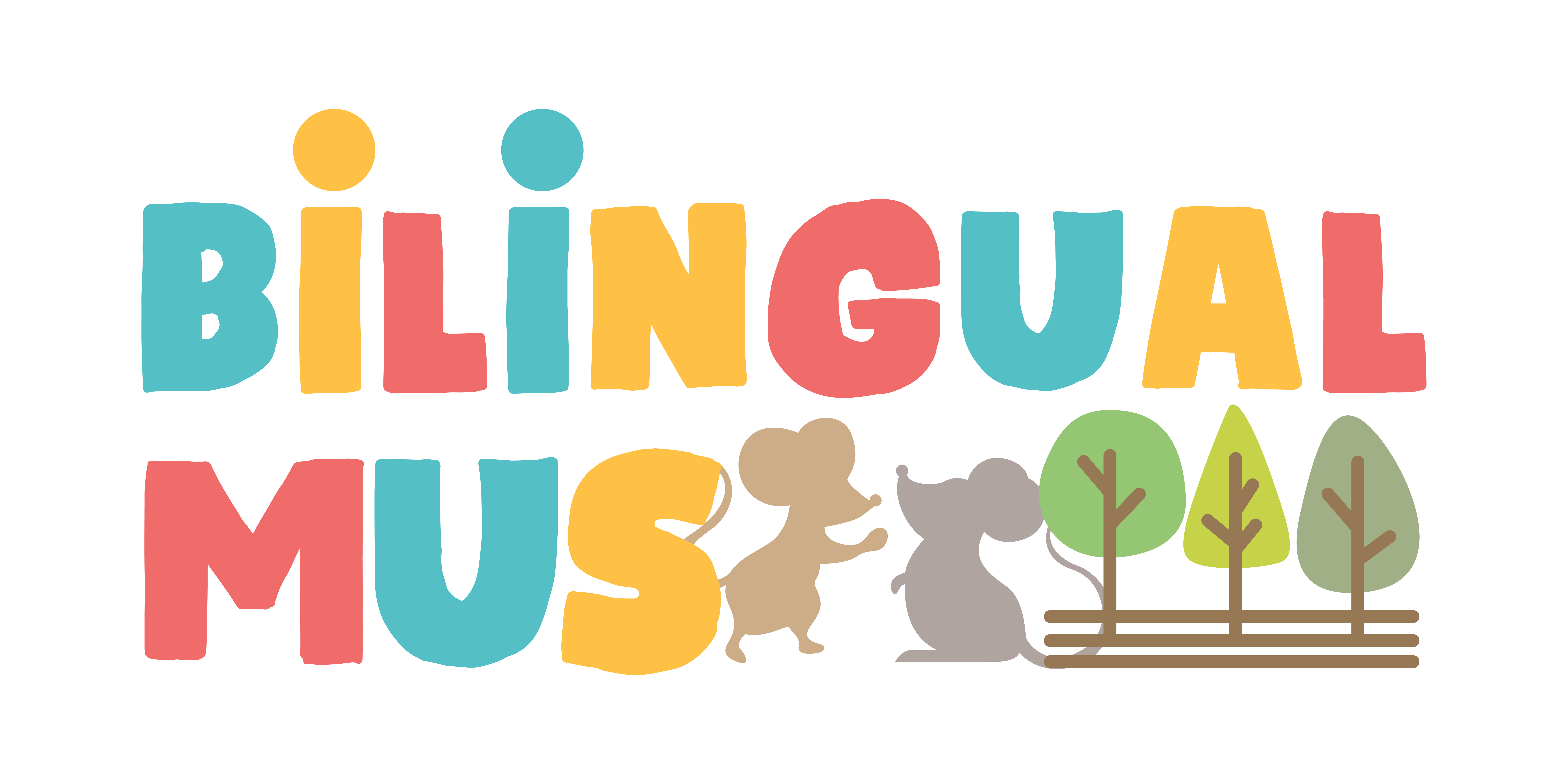Language Acquisition = Exposure
Experts say, a child needs to be exposed to a language for approximately 30% of time spent awake in order to start using the language actively. Depending on your child’s age, 30% of awake time corresponds to about 25 hours a week. This is a number you should remember when planning realistic family goals. It is fair to say that when it comes to language acquisition it is all about exposure.

Language Acquisition = Exposure…
What Does That Mean Practically Speaking?
For your child to speak a language fluently, you need to ensure that the exposure they get is consistent, continuous and rich. How do children and adults best acquire a new language? By being in environments where the target language is needed, so that they are compelled to use it for real communication.

Analyze your family, your needs and your unique situation, and ask yourselves:
- How realistic is it for your child to have at least 25 hours of exposure, to each of the languages you want to have in their life?
- How much time and energy are you personally willing to invest in providing the exposure needed?
- Are there environments / communities around you actively speaking the target language and will you have access to these environments?
This process will help you be realistic when taking your decisions and designing your own family language strategy.
At the same time, I strongly believe parents shouldn’t overstress with these numbers, but take them as a rule of thumb. Always consider your personal family goals: if your goal is to simply bring your child in contact with a language, then less input is necessary. But if you want the child to be fluent in a language and use it on a daily basis, then more qualitative exposure is needed. Everything is relative!
What Kind of Exposure Though? What Should “Language Exposure” Look Like?
As nice as it is to have a numeric reference in mind, don’t forget that it’s not all about how much time your kids are exposed to a language, it is most importantly what kind of exposure they get during that time. In other words: you need to consider quality, the actual nature of the language input, and not only quantity.
For example, children will develop a language if they feel they need it. And for that need to arise, interaction with humans is crucial. Screen time alone won’t be enough for a child to fluently speak a language. Maybe it’s enough to learn some words or even phrases, but with screen time alone, a child will not be able to develop the language at a conversational level. Don’t get me wrong, I am NOT against screens. I actually believe screen-time is a tool that can become a valuable ally to a multilingual child’s journey when used correctly. That said, we should not expect screens to teach our kids how to speak a language, as this is not realistic.
How To Achieve Quality Language Exposure
Here are some ideas, on what you can do to ensure your children get quality exposure:
- Talk to your children and describe your activities out loud. This may look like this: “Let us cook breakfast! First I need eggs. Where are the eggs? They are in the fridge. Let me open the fridge. I will need 3 eggs. 1, 2, 3. Now I think I need tomatoes. They are also in the fridge. I see them behind the yogurt. They have a nice red color. I will take a knife so I can cut them.” Even better? Involve the children to your activities, be playful and interact with them. Depending on their age, this may look like this: “Let us cook breakfast! First I need eggs. Where are the eggs? Do you know? Are they in the toilet maybe? No?? Ahhh yes, you are right! They are in the fridge!”
- Read books with your children. When you read with them, make it interactive, ask them things, name what you see in the pictures, describe everything: colors, characters, weather… There is SO much vocabulary to be covered in a single book. A good idea is to play “search and find” with what there is on the pictures or count things. This can look like this: “Can you find the blue car on the picture? Yes! And let’s count how many cars there are on the picture in total”. Keep in mind that learning and memorizing words requires time and repetition, so if your children ask for the same books again and again, don’t tell them “Ahhh.. Not this book again!”. Read it and make the most of it instead! Ensure they get all the vocabulary that is included in this book.
- Arrange Playdates with children speaking the target language.
- Travel to the country where the target language is spoken.
- Call family members speaking the target language.
- PLAY! There is a huge importance in playing. Children learn via playing. So get down on this carpet, or start running around and engage in role play/pretend games with your children. Stimulate them to make up stories or prompt them to explain what they are doing and why they are doing something a certain way. Examples: What are you building? What are you going to do next? So is there a pirate in your ship? What is he going to do now?
- Do cultural things in the target language when and if possible (shows, theater plays, parties with music in the target language, visit museums that have a connection with the target language).
And Remember:
Don’t hesitate asking for help when and if you feel overwhelmed.
You can contact me or book a family language coaching session.
Hope you enjoyed reading!
Now give yourself a pat on the back and have a great day!

